Blog
Top 10 Must-Have Reports for Project Managers
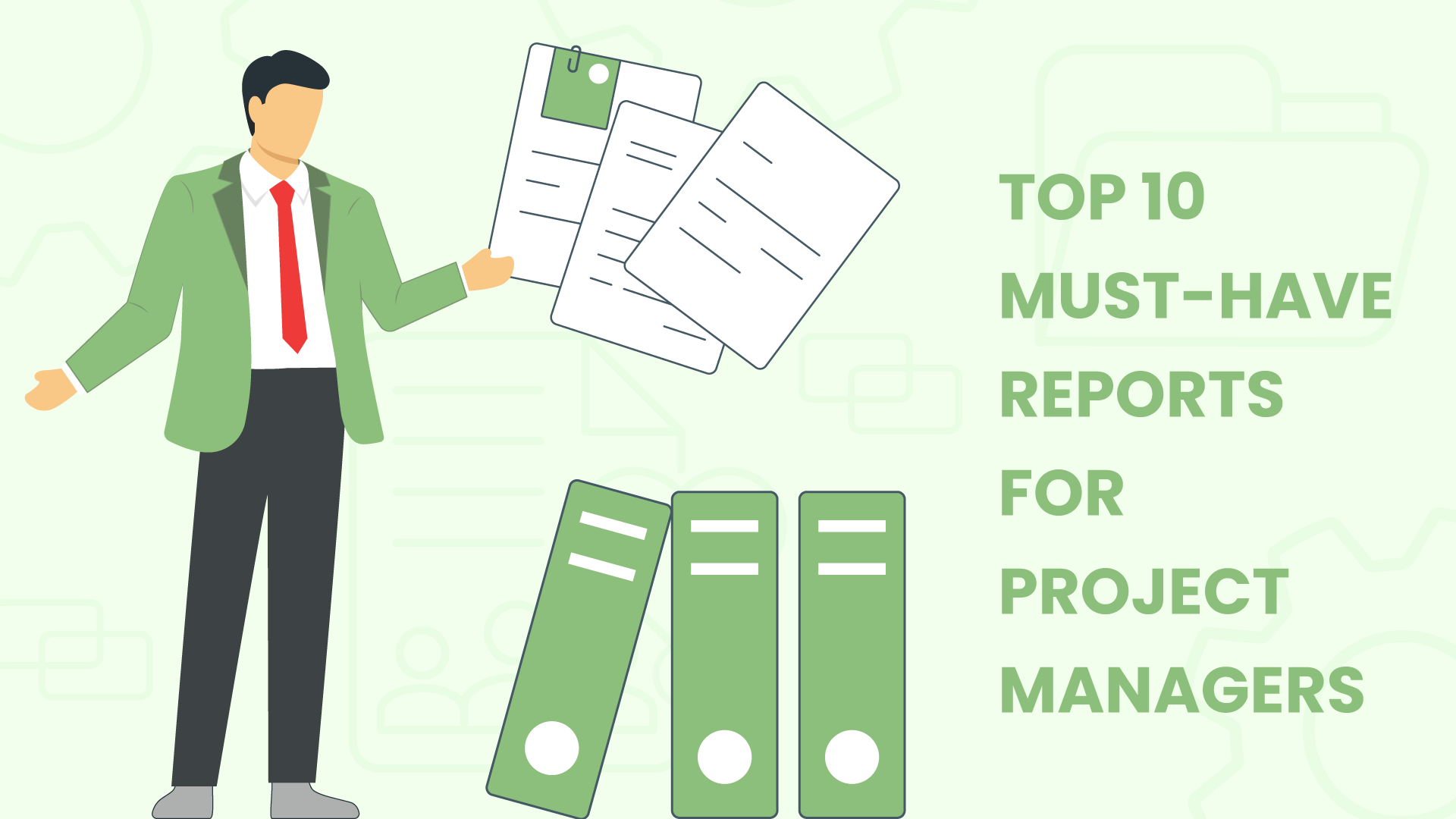
Gone are the days when project management was all about Gantt charts and spreadsheets. In today’s fast-paced and connected world, those old reports just don’t make the grade. Modern project managers need reports that are as dynamic and data-savvy as the projects they oversee. This article introduces the essential reports you need to stay on top of everything. These tools are built for today’s project challenges, helping you manage everything from agile teams to global projects with ease. Get ready to discover how the right reports can keep you ahead of problems and guide your projects to success.
Keeping Up with Project Reporting Today
The digital age has changed project management from a task-focused job to a critical strategic role. Now, more than ever, having quick access to detailed, flexible reporting tools is crucial. Data is at the heart of every decision, driving projects towards success. Staying updated with the latest in reporting technology is not just an advantage; it’s essential for anyone looking to stay competitive. For project managers, it means turning complex data into clear insights that inform decisions. Let’s dive into the reporting tools that are shaping the way we approach project management today.
List of Top 10 Must-Have Reports for Project Managers
Let’s take a closer look at ten essential reports that are key for today’s project managers. These reports enhance how you manage, monitor, and measure project health and performance.
![]() 1. Budget Tracking Report for Agile and Remote Teams
1. Budget Tracking Report for Agile and Remote Teams
This budget tracking report is specifically designed for the unique challenges of managing agile and remote teams. It provides real-time financial insights, helping project managers maintain a clear view of expenditures, allocations, and forecasts. By integrating seamlessly with the pace and flexibility required by modern projects, it plays a crucial role in ensuring financial transparency and control, enabling teams to adapt quickly to changes without losing sight of budgetary constraints.
![]() 2. Cost Tracking and Forecasting by Project Phase
2. Cost Tracking and Forecasting by Project Phase
This report focuses on monitoring and predicting costs throughout each phase of a project. By applying predictive analytics, it helps project managers foresee potential budget overruns before they happen, ensuring that every project phase stays within its financial boundaries. This foresight allows for better resource allocation and financial planning, making it an indispensable tool for effective financial management.
 3. Portfolio Budget and Performance Analytics
3. Portfolio Budget and Performance Analytics
Designed to give a comprehensive overview of budget performance across multiple projects, this report aids in strategic decision-making. It allows managers to see which projects are delivering on their financial goals and which are not, facilitating better resource distribution and alignment with organizational objectives. This level of insight is vital for optimizing portfolio performance and ensuring resources are invested in projects that offer the best return.
 4. Resource Allocation and Wellness Report
4. Resource Allocation and Wellness Report
This report combines traditional resource allocation metrics with team wellness indicators to provide a holistic view of project staffing. It helps managers balance workload distribution with team health, aiming to maximize productivity while minimizing burnout. By tracking both aspects, project leaders can make informed decisions that support both project success and team well-being.
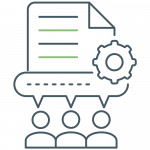 5. Global Resource Utilization and Collaboration Report
5. Global Resource Utilization and Collaboration Report
Tailored for teams spread across different locations, this report tracks how effectively resources are used and how well team members collaborate internationally. It offers visibility into the contributions of each team member, regardless of their location, ensuring that global projects benefit from efficient resource use and seamless collaboration.
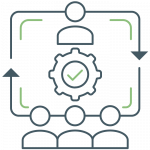 6. Dynamic Resource Capacity Planning
6. Dynamic Resource Capacity Planning
This tool automatically updates resource allocation based on project demands and changes. It assesses current project needs, available skills, and resource availability to ensure that the right people are working on the right tasks at the right time. Dynamic planning reduces the manual effort involved in reassigning tasks, making project management more responsive and less time-consuming.
 7. Demand Management and Project Intake Optimization
7. Demand Management and Project Intake Optimization
Focusing on the initial stages of project selection, this report helps managers identify and prioritize project requests that align with strategic goals and are feasible within existing resource constraints. It streamlines the project intake process, ensuring a balanced and strategic approach to project portfolio management.
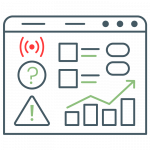 8. Real-time Project Progress and Health Analytics
8. Real-time Project Progress and Health Analytics
Offering a live view of project status, this dashboard provides immediate insights into progress, potential risks, and overall project health. It enables project managers to make quick, data-driven decisions, addressing issues as they arise and keeping projects on track toward their objectives.
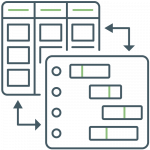 9. Integrated Multi-Project Gantt and Agile Boards
9. Integrated Multi-Project Gantt and Agile Boards
This reporting tool merges the structured oversight of Gantt charts with the flexibility of agile boards, accommodating various project management styles. It provides a unified view of project timelines, tasks, and dependencies across multiple projects, simplifying the management of complex project portfolios.
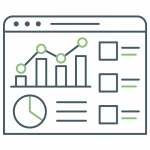 10. Comprehensive Project Status and Impact Dashboard
10. Comprehensive Project Status and Impact Dashboard
At the core of project reporting, this dashboard offers a detailed analysis of how projects are performing against planned objectives and their impact on broader organizational goals. It goes beyond basic metrics to explore the cause-and-effect relationship between project actions and outcomes, providing deep insights into project success and strategic alignment.
Each of these reports brings something unique to the table, offering modern project managers the tools they need to succeed in a complex and ever-changing project landscape.
Customizing Reports for Different Audiences
The value of a report is significantly enhanced when it is tailored to the specific needs and preferences of its audience. Different stakeholders—from team members and executives to clients—require different levels of detail and focus in project reporting. For project teams, detailed task-level reports can provide the insights needed for day-to-day operations, whereas executives might prefer high-level summaries that highlight progress against strategic goals and ROI. Customizing reports involves not just filtering the data but also choosing the right format and visualization techniques to make the information accessible and actionable. For instance, dashboards with interactive elements may engage some audiences more effectively, while others might prefer concise written summaries. Understanding and adapting to these preferences is crucial for ensuring that reports drive informed decision-making and stakeholder engagement.
What You Need to Know Concerning Project Reporting Today
These reports are vital, but they’re just one piece of a much larger puzzle. The quality of your project data is critical. How you gather and analyze this data needs to meet the highest standards to ensure accuracy and reliability. As the range of stakeholders expands, the reports must also become more customizable and accessible to meet everyone’s needs.
Cloud-based project management platforms are essential for modern reporting. They provide the accessibility and collaborative features necessary for creating and sharing reports. In an era where data security is paramount, the reporting tools you select must emphasize protecting your data, your team’s privacy, and your organization’s reputation.
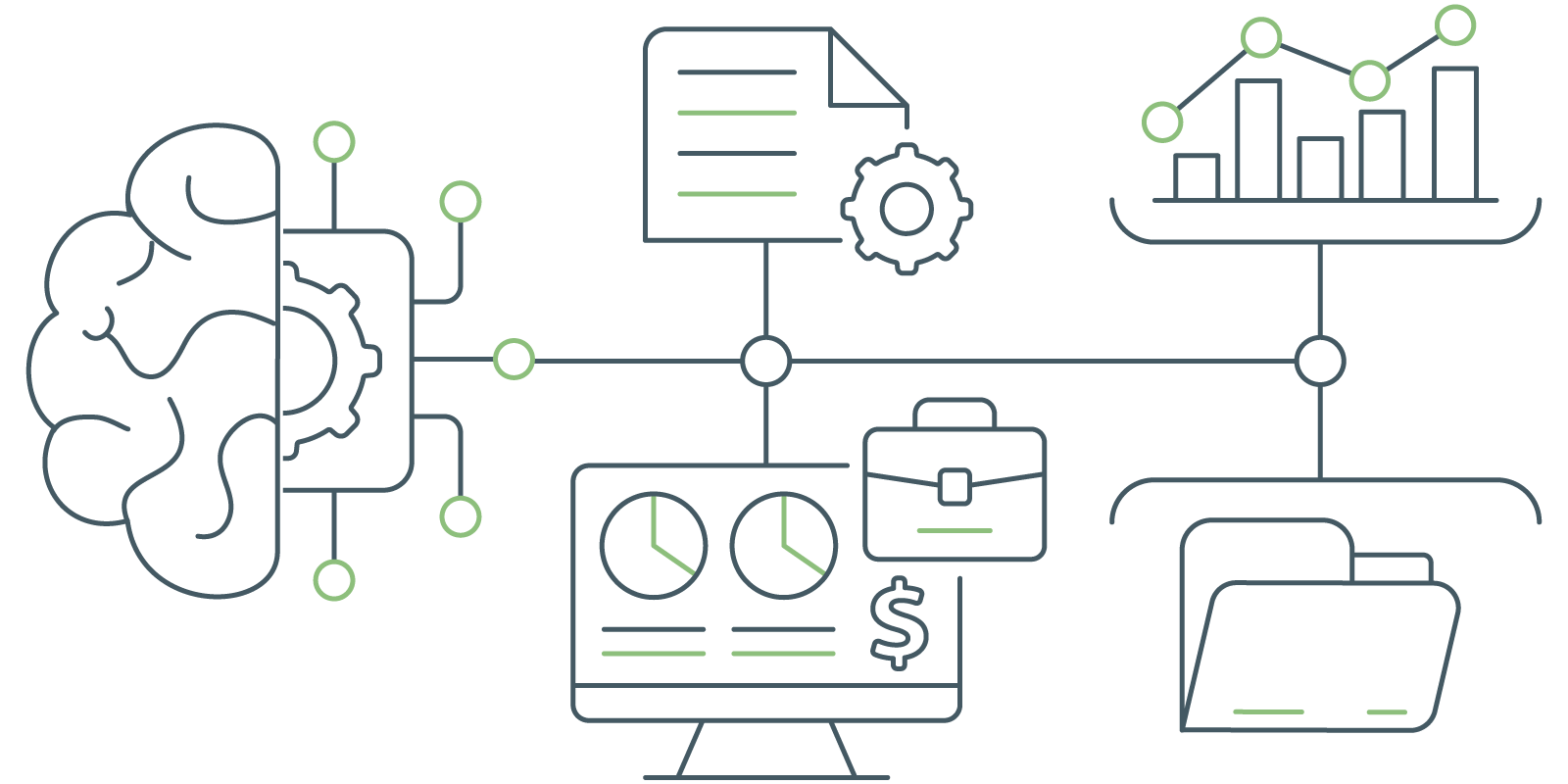
Future Trends in Project Reporting
As we look forward, the landscape of project reporting is set to evolve dramatically, driven by advancements in technology and shifts in project management methodologies. Artificial Intelligence (AI) and machine learning are poised to redefine how data is analyzed and reported, offering predictive insights that could anticipate project risks and opportunities before they manifest. The integration of big data analytics will enable project managers to harness vast amounts of information, providing a more nuanced understanding of project dynamics and stakeholder needs. Furthermore, the Internet of Things (IoT) promises to offer real-time data collection from a variety of sources, enhancing the accuracy and timeliness of reports. Staying abreast of these trends will not only offer project managers a competitive edge but also revolutionize the efficiency and effectiveness of project execution.
Conclusion
As we navigate the evolving landscape of project management, the integration of these top reporting tools is not just beneficial—it’s essential for success. This article has highlighted crucial reports that address the diverse challenges faced by modern project managers, from managing remote teams to analyzing financial forecasts with precision.
The future of project reporting is bright, with advancements in AI, real-time data analytics, and customizable dashboards set to further empower project managers. Embracing these changes and the continuous learning they require will ensure that project managers not only stay competitive but also lead their projects with greater insight and efficiency.
In essence, the role of sophisticated reporting in project management is undeniable. By adopting and adapting to these tools, project managers can enhance project execution and outcomes, ensuring their place as vital contributors to their organizations’ success. Let these reports guide you toward more informed decision-making and a proactive approach to project management.

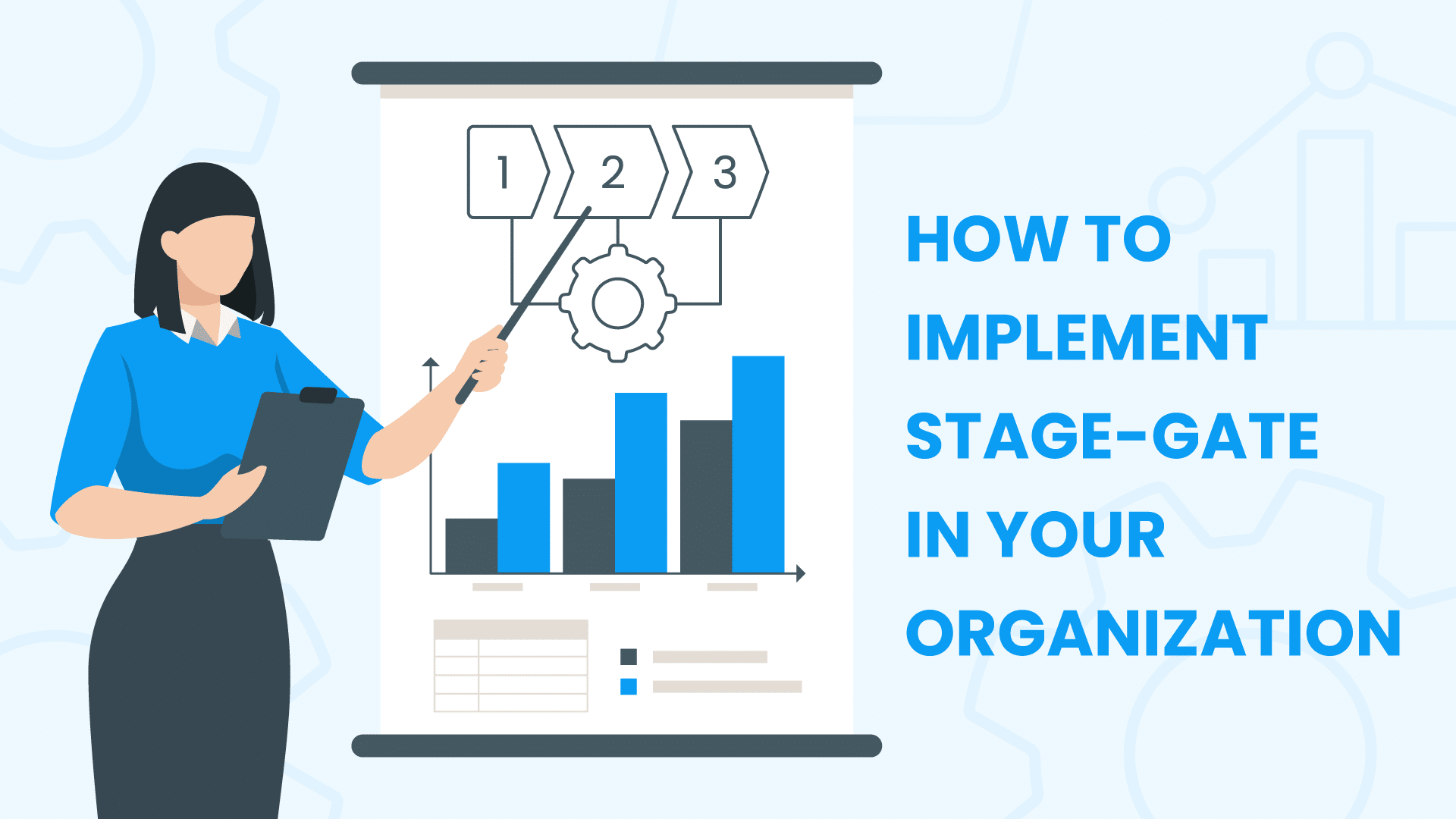






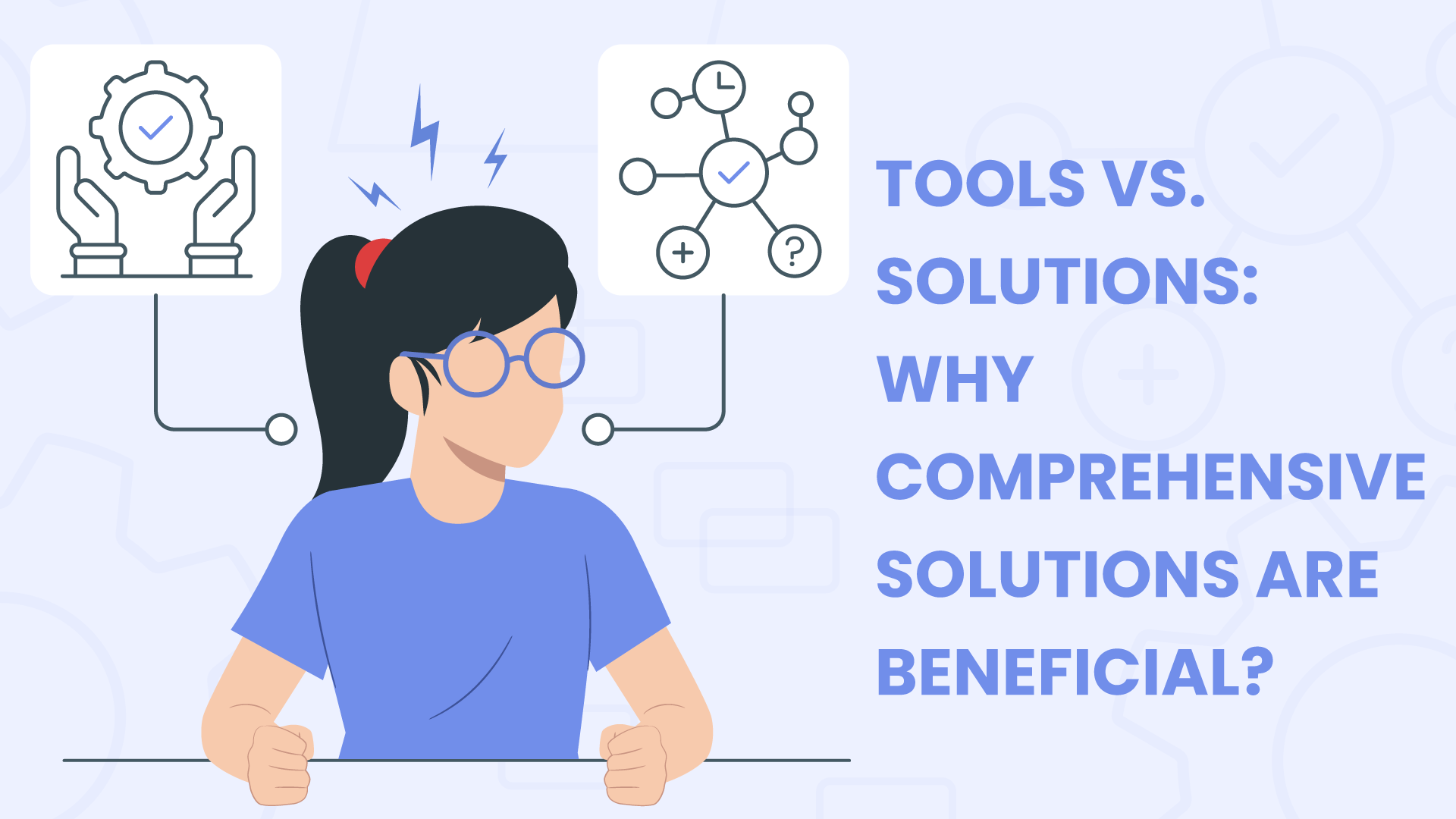




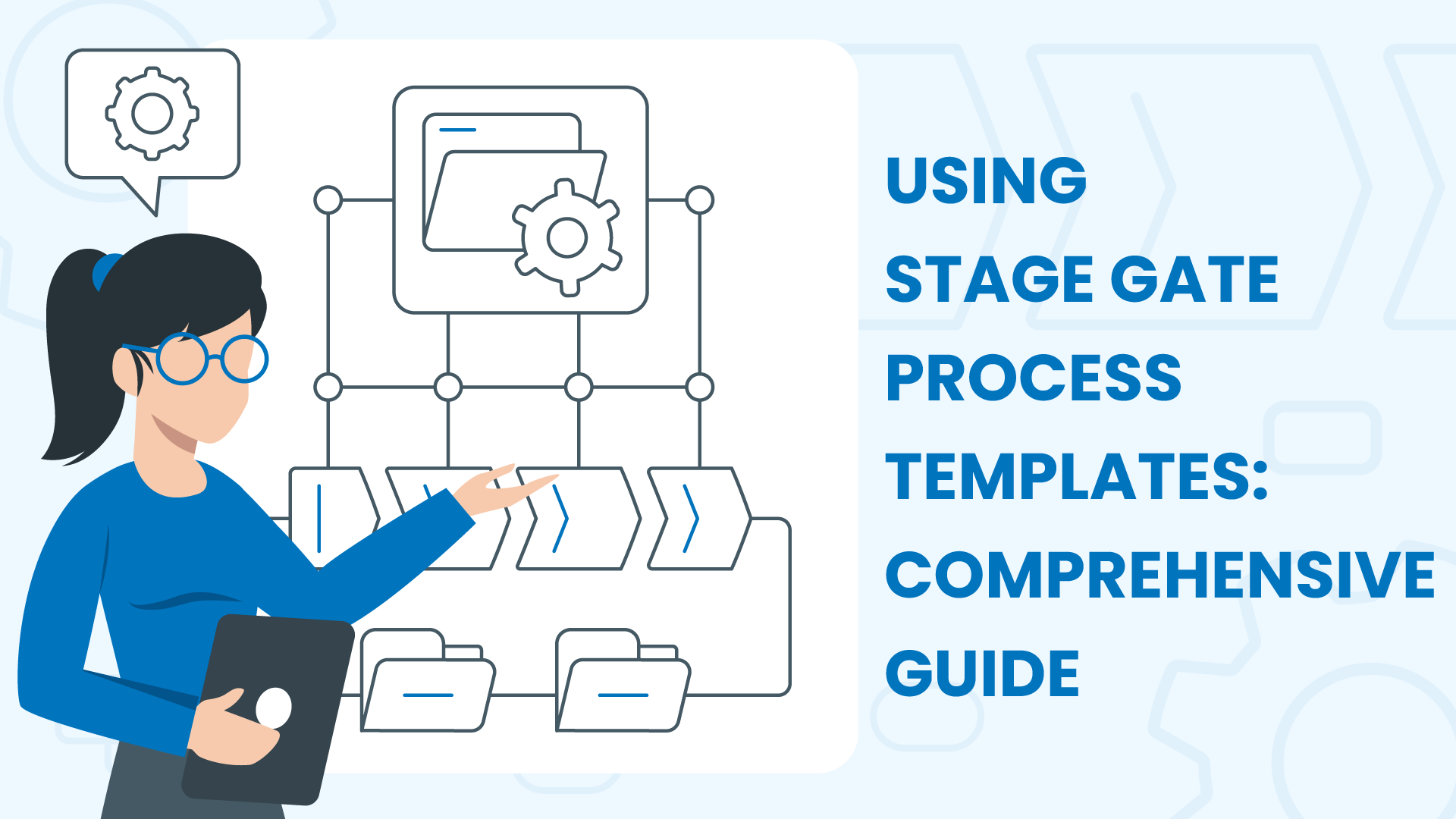




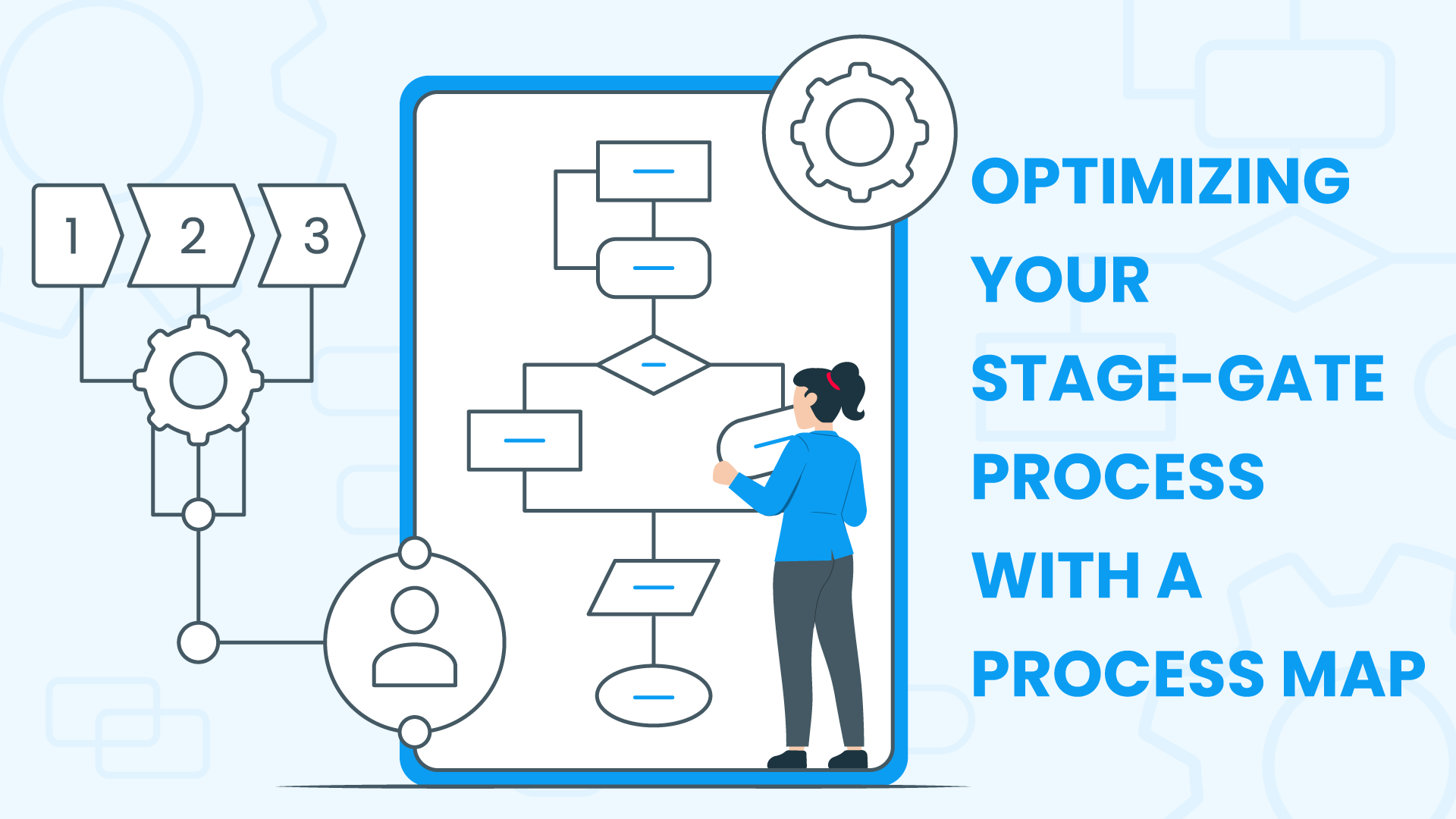




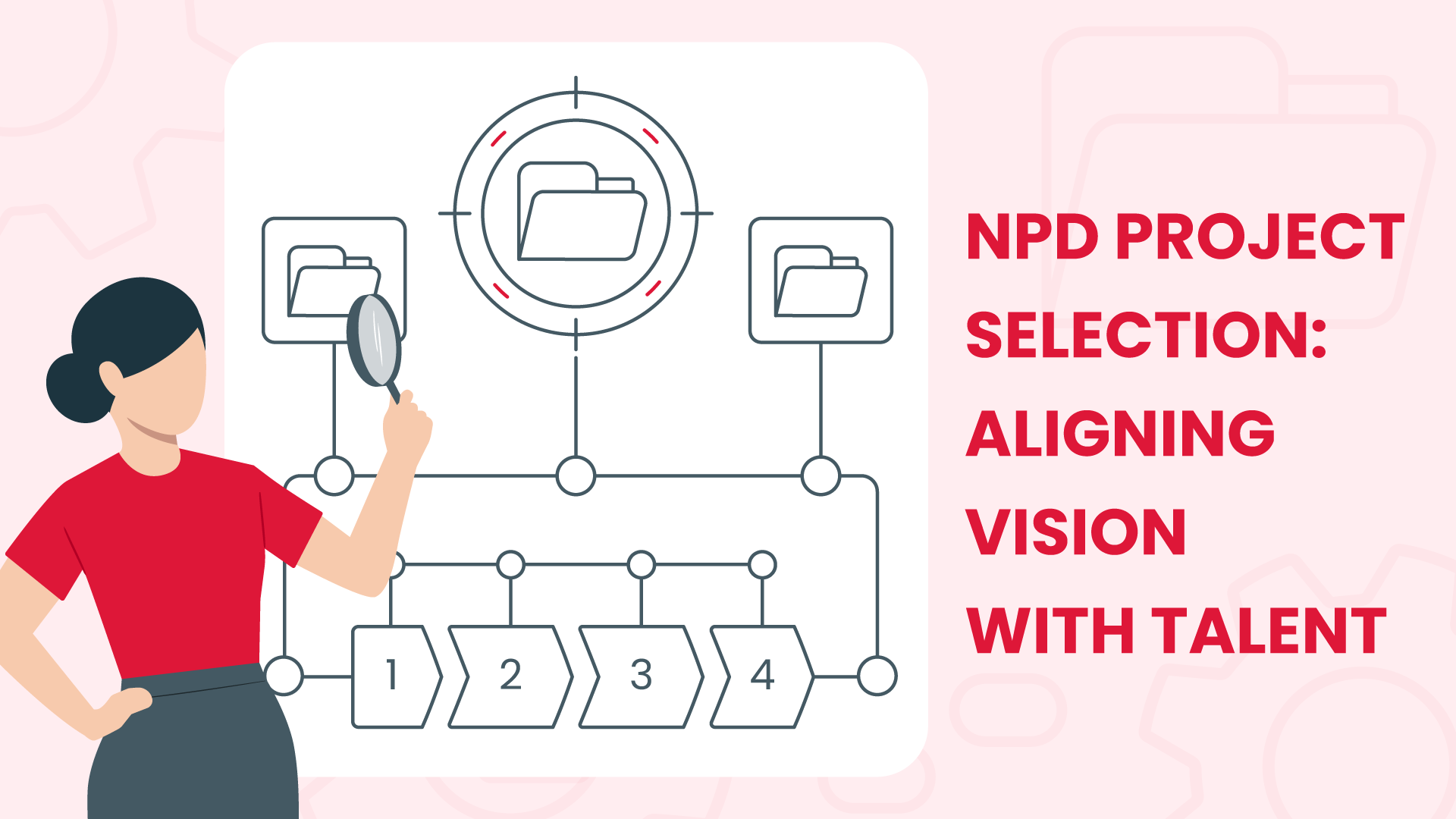



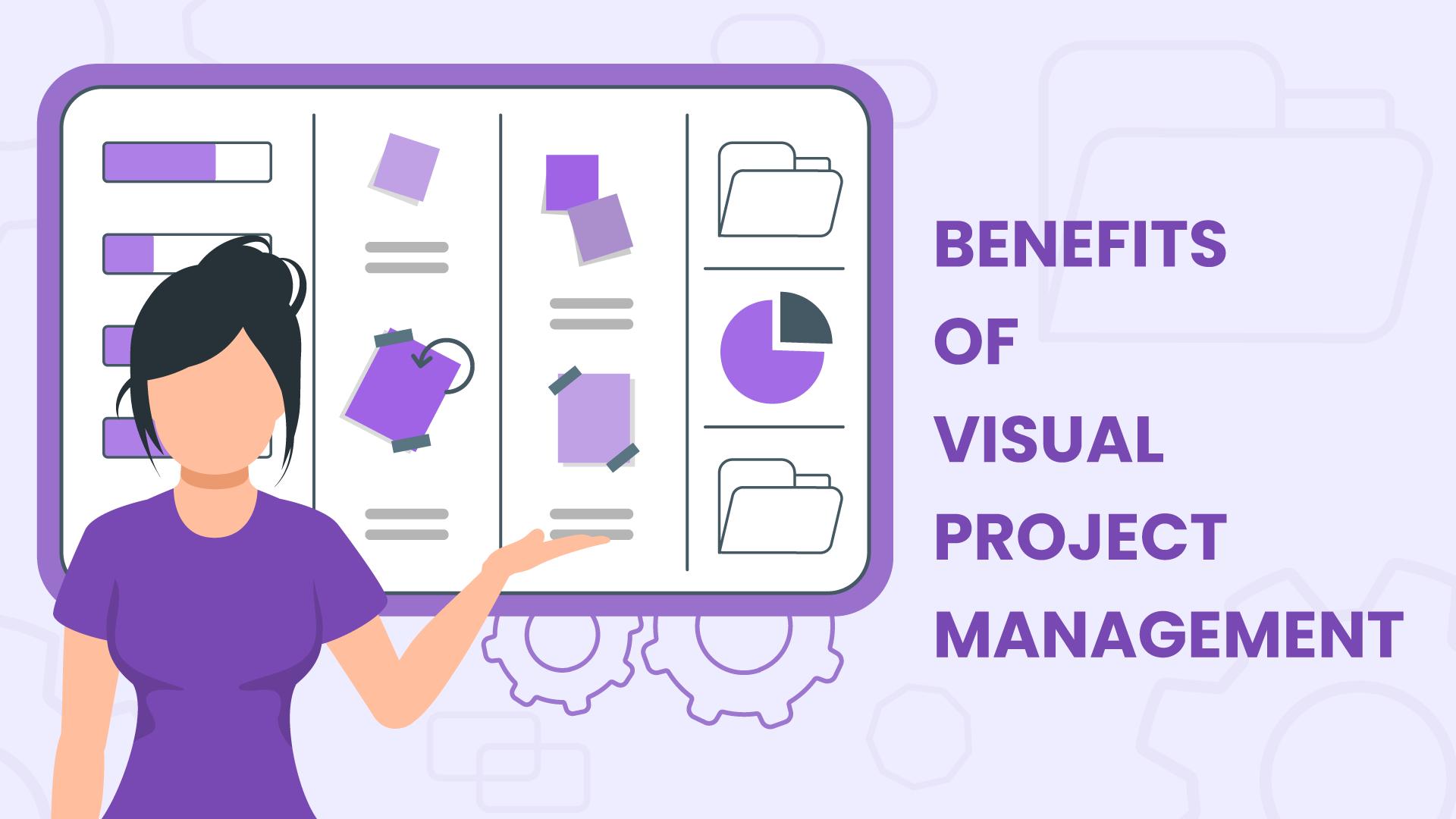







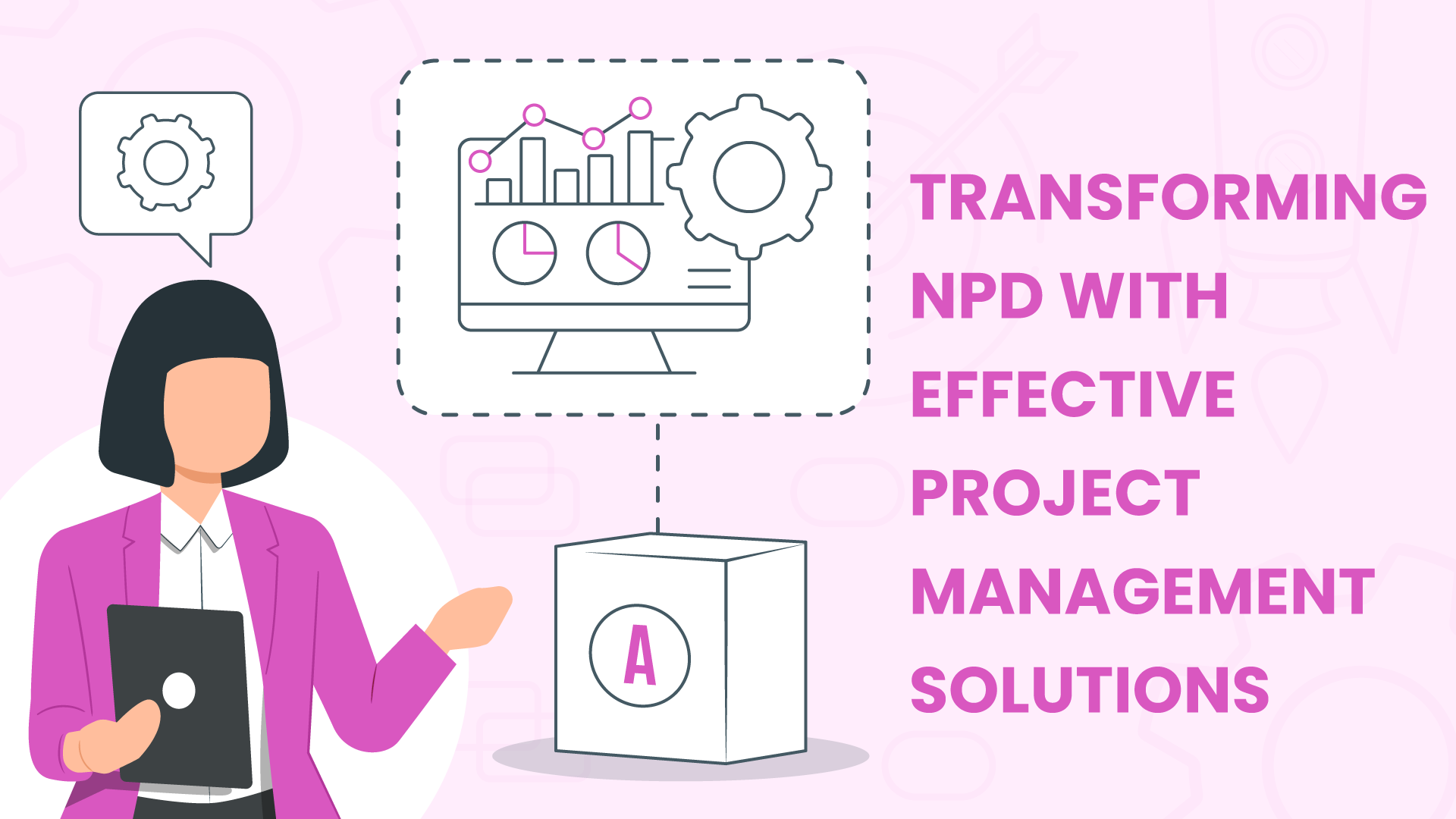

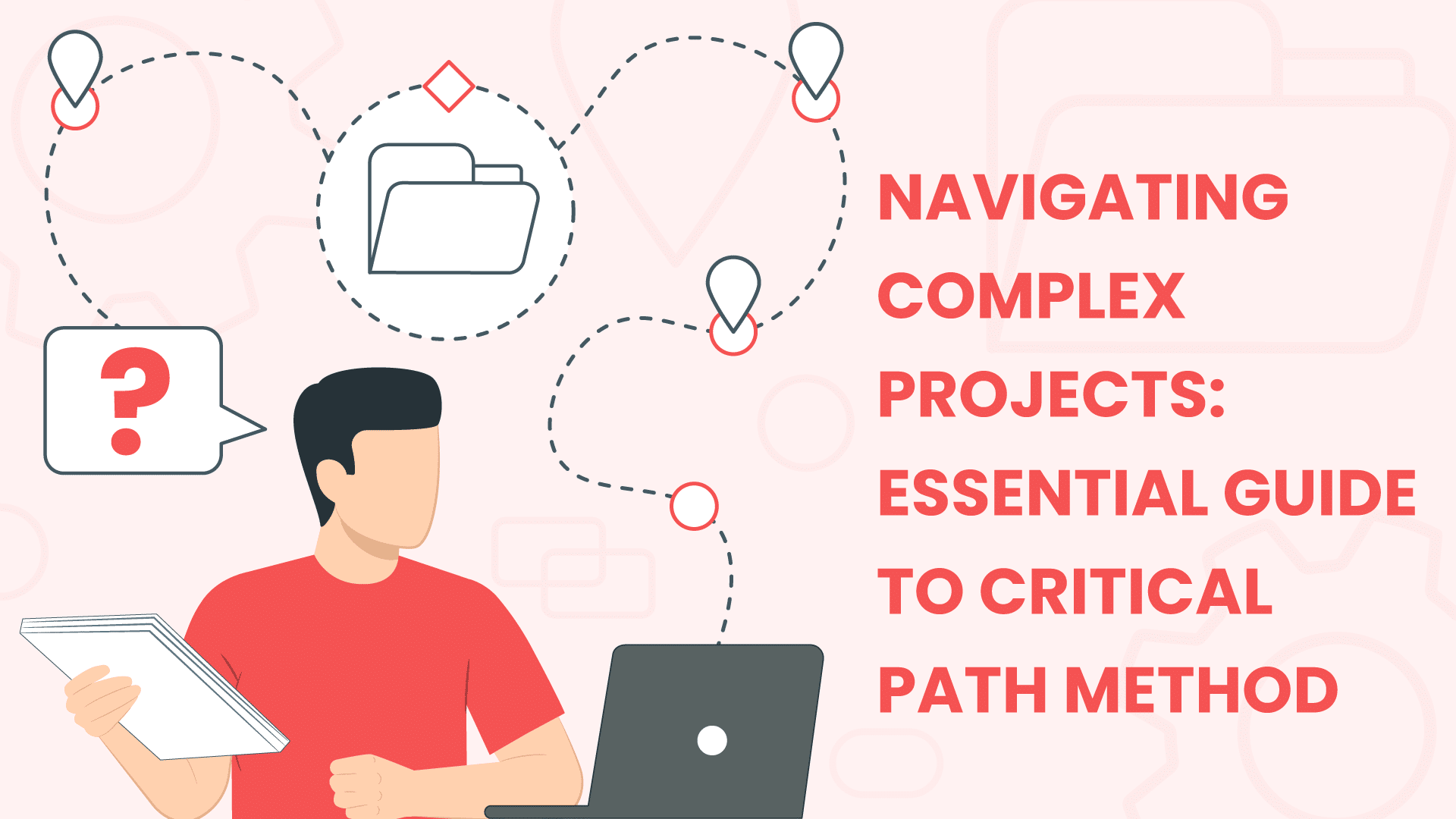






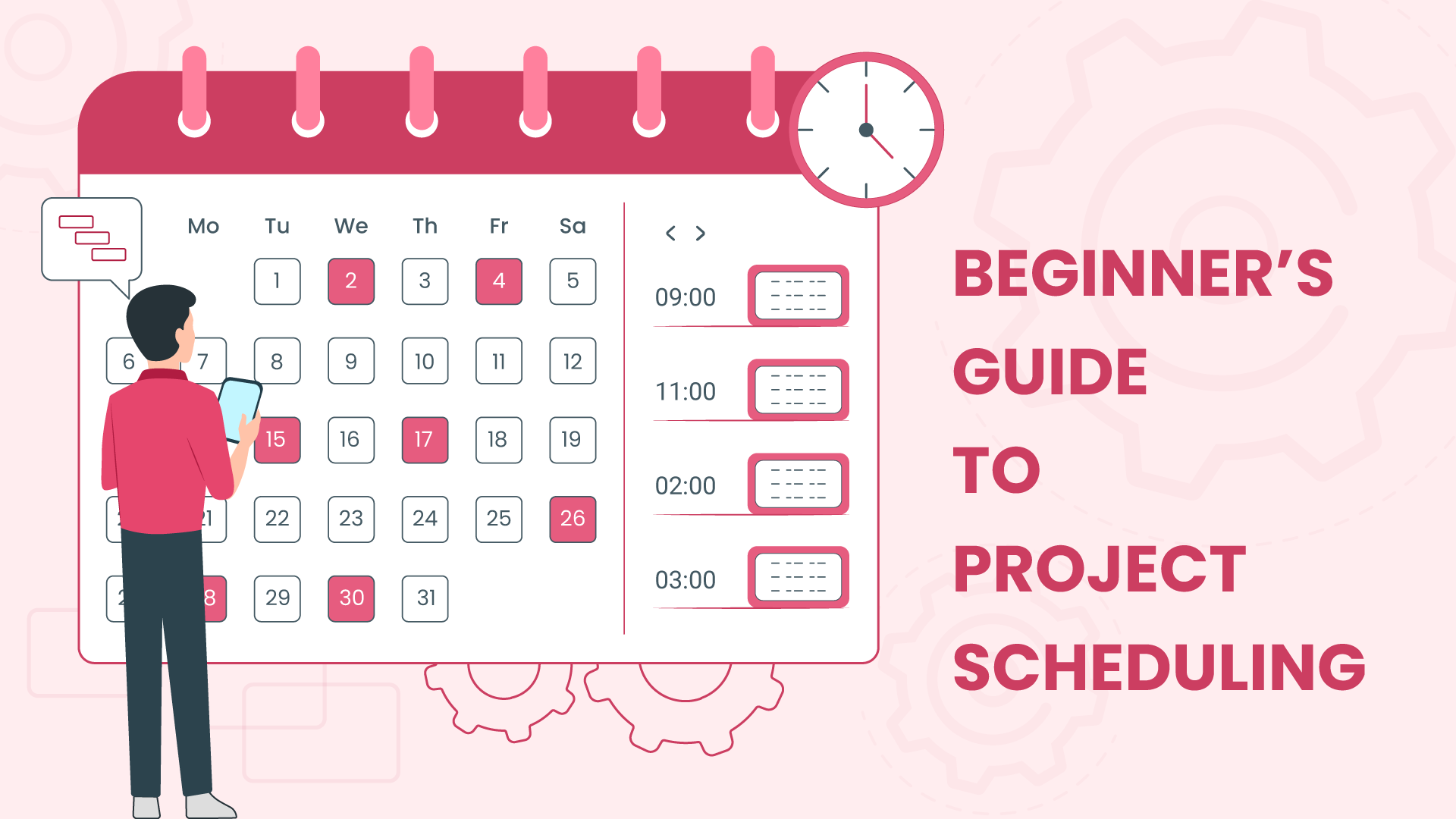
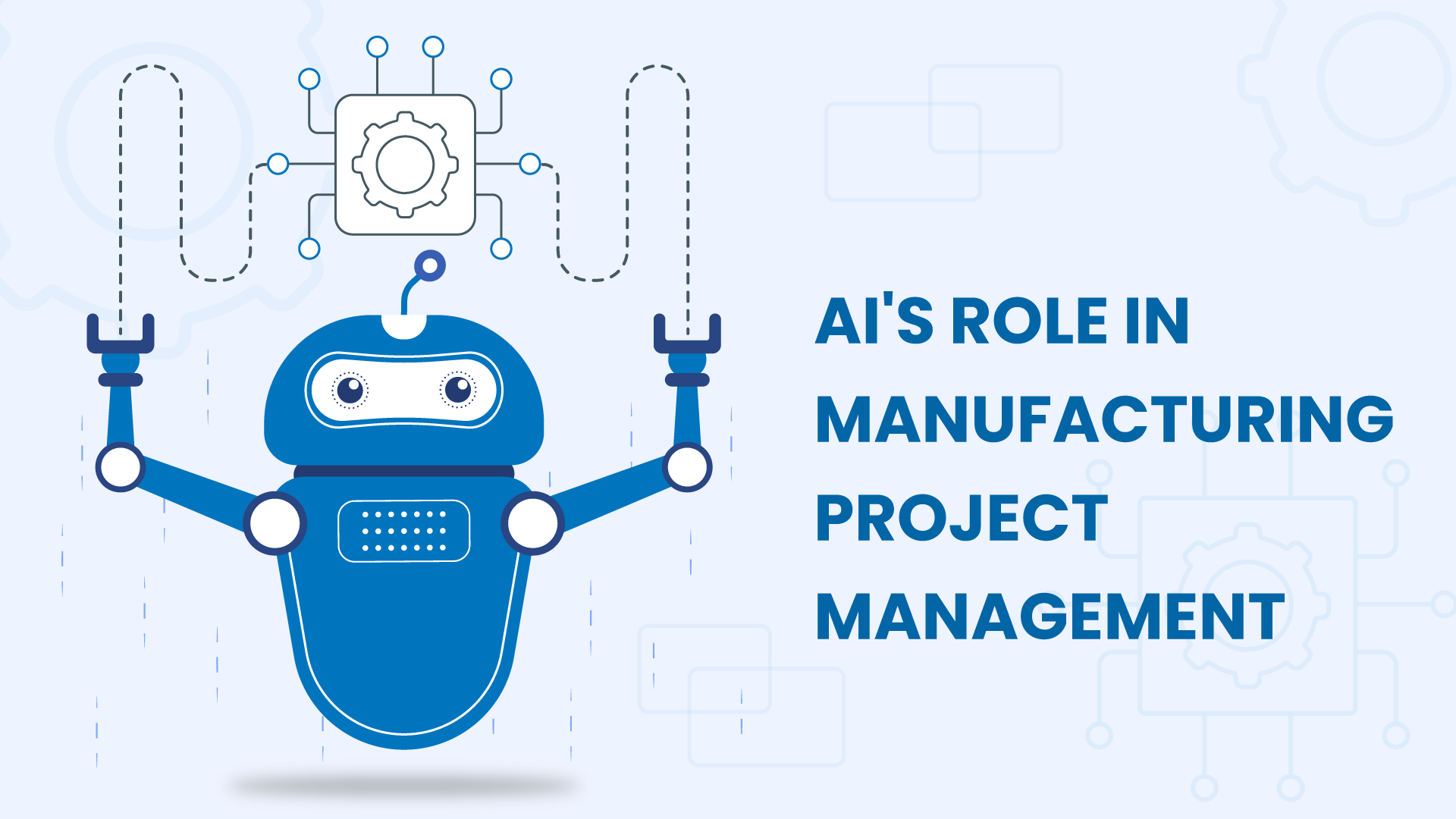



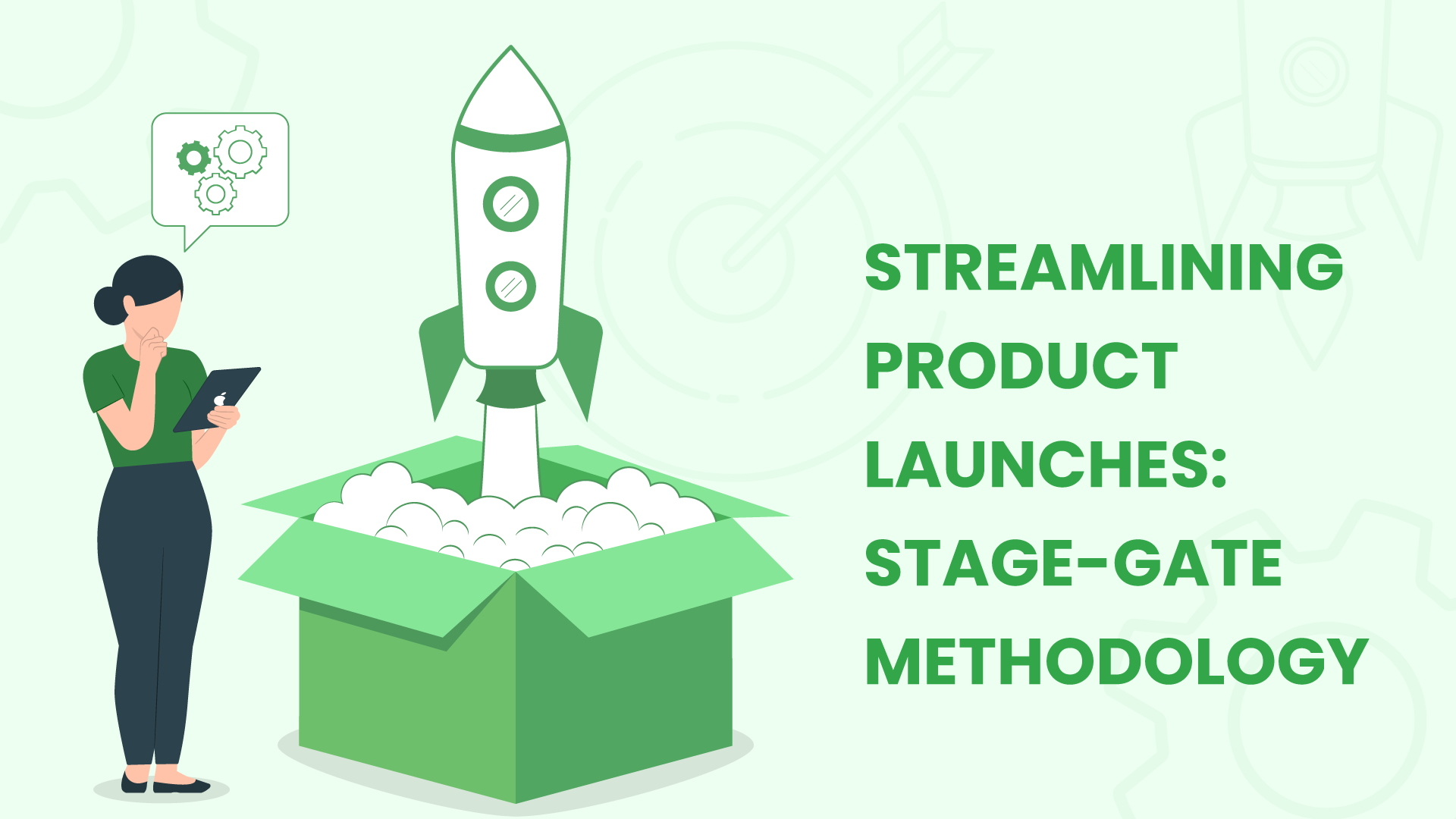
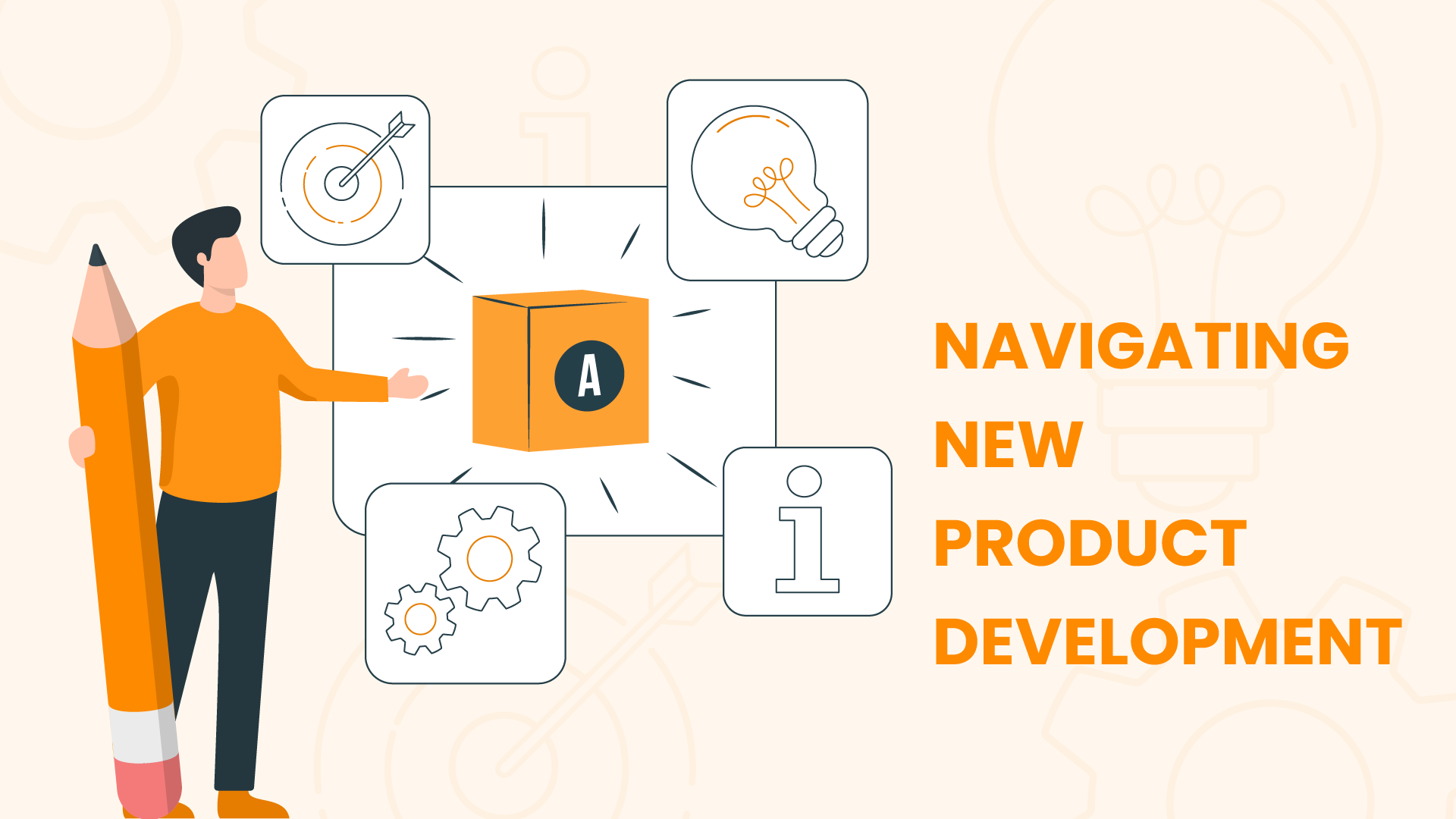

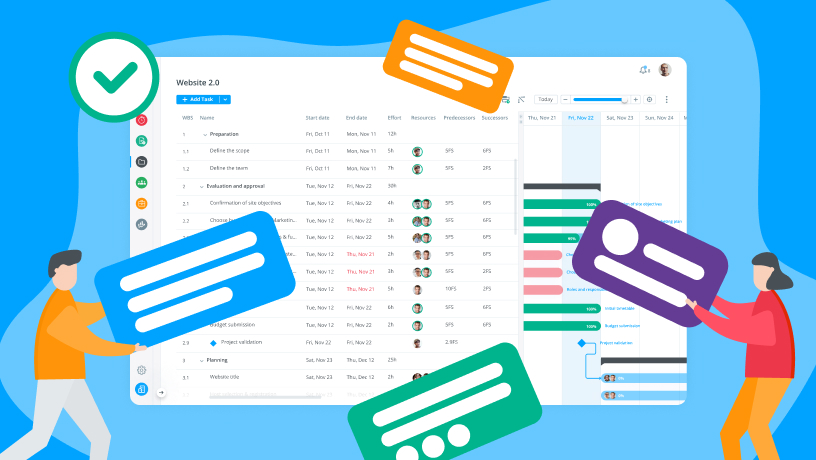



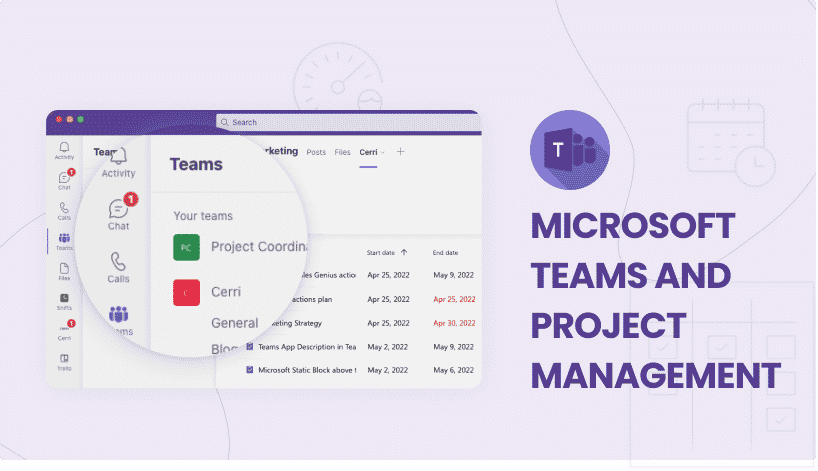


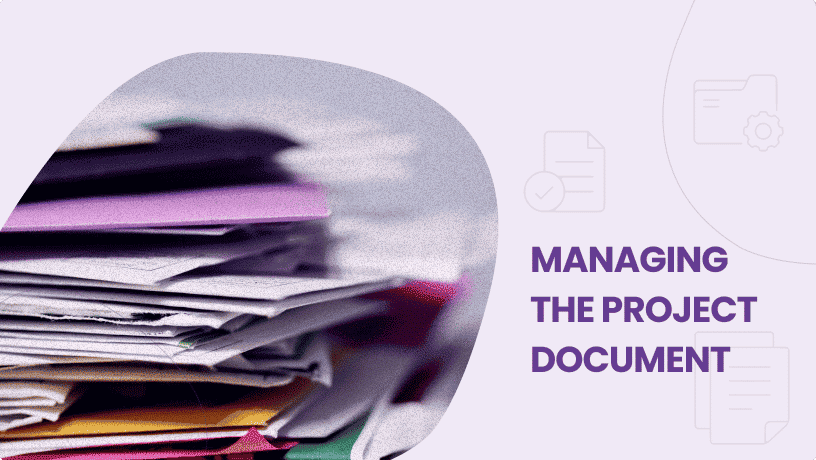



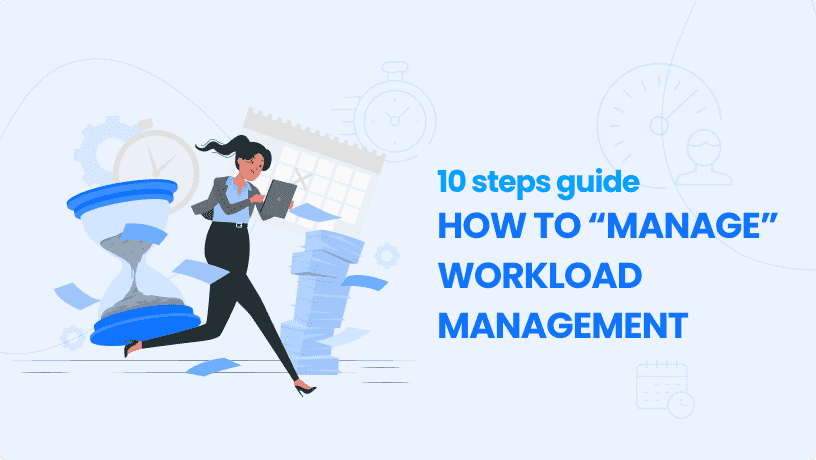






 Task Management
Task Management 

















 Customization
Customization
